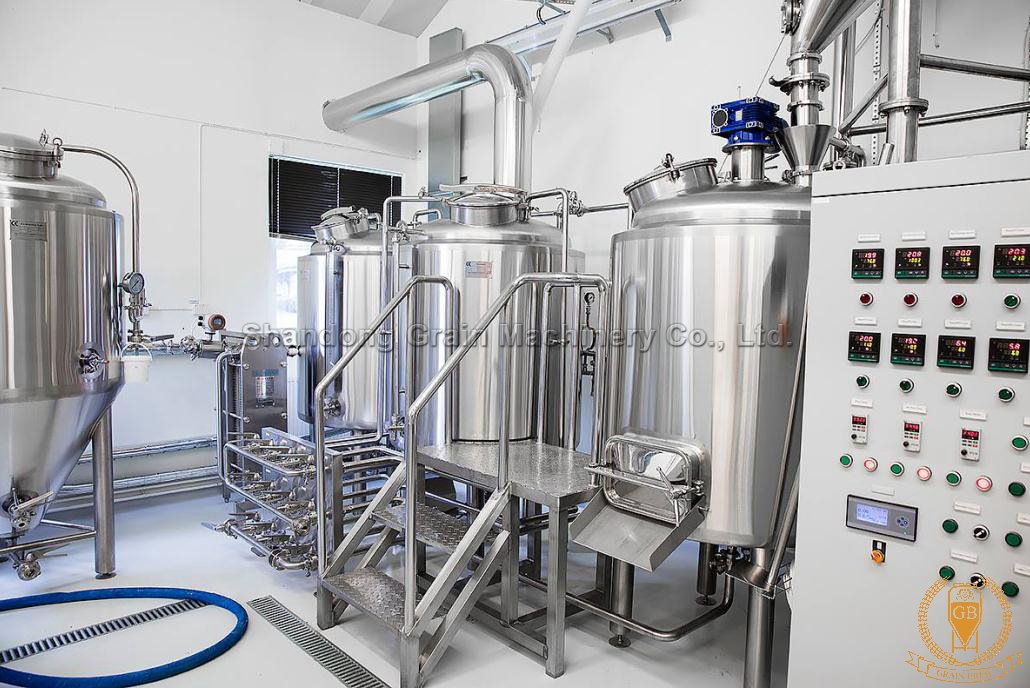
How to control the malt feeding temperature during mashing?
In theory, mashing can be fed over a wide range of temperatures. However, in actual production, in order to fully activate the enzymes and take into account other factors, there are mainly two feeding temperatures, ie lower temperature 35- 37°C and higher temperature 50°C.
If the malt is not dissolved enough, the malt feeding temperature should be selected at 35-37°C, which is beneficial to the leaching of various enzymes and can prolong the action time of the enzyme. The glucosidases, proteolytic enzymes, α-amylases, and β-amylases begin to elute at 35°C. Once the optimal temperature is reached, these enzymes will immediately work and more fermentatble sugar will be gained and thereby increasing the final degree of fermentation. If the malt is well dissolved, and the enzyme content is high, then the malt feeding temperature can be selected to be 50°C, which can greatly reduce the mashing time while ensuring the mashing effect.
When using a strong mashing method such as three times decoction mashing method, the feeding temperature should be lower, because at every temperature stage (50°C, 62°C, 72°C) the brewing mash must be rested, and high temperature feeding cannot complete this operation. The infusion mashing method is generally used for low-temperature feeding. Since the infusion mashing method does not use boiled mash. In order to maximize the potential of the enzymes, it should be mashed in advance and be rested at the optimal temperature range for various enzymes.
Should you be interested in our brewing equipment, please do not hesitate to contact us for more details. We, as a professional brewery equipment supplier, would like to do our best to help you start your own craft brewery.
Grainbrew, your honest brewery equipment builder!
Edited by Josie Zhang
[email protected]




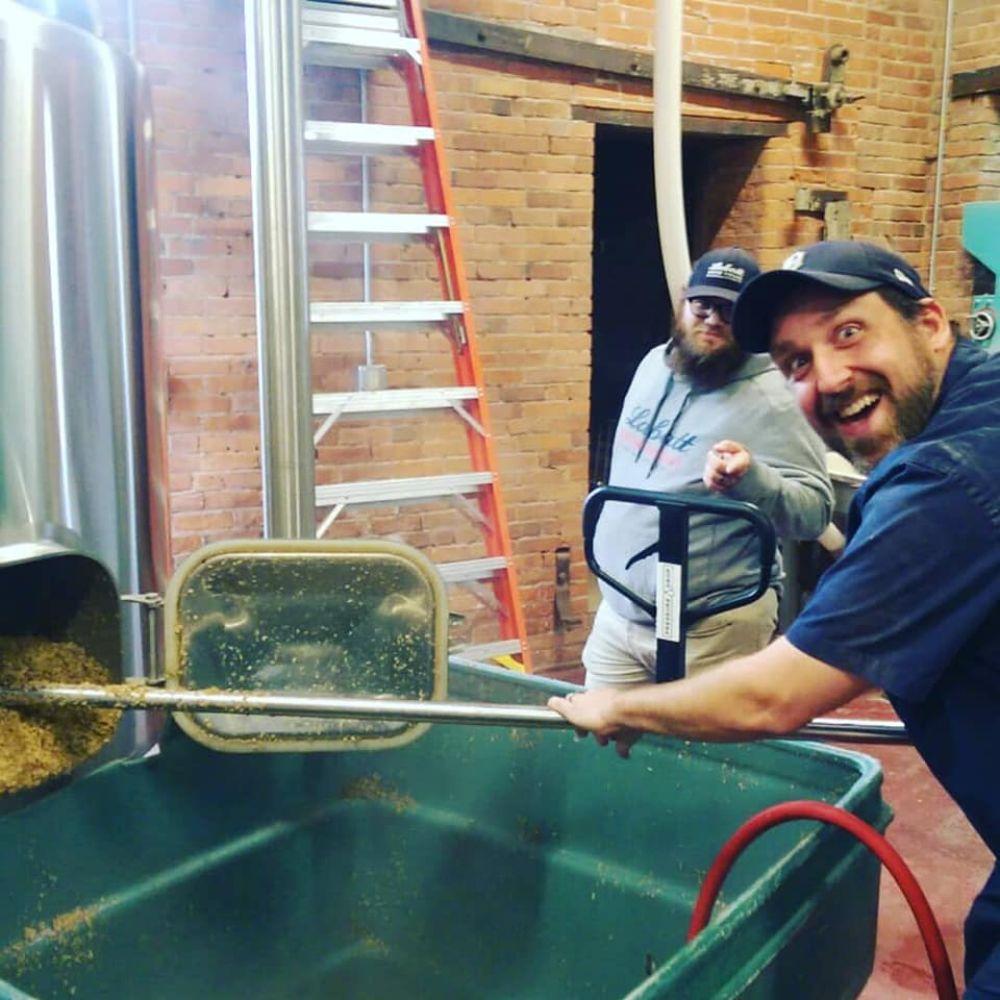
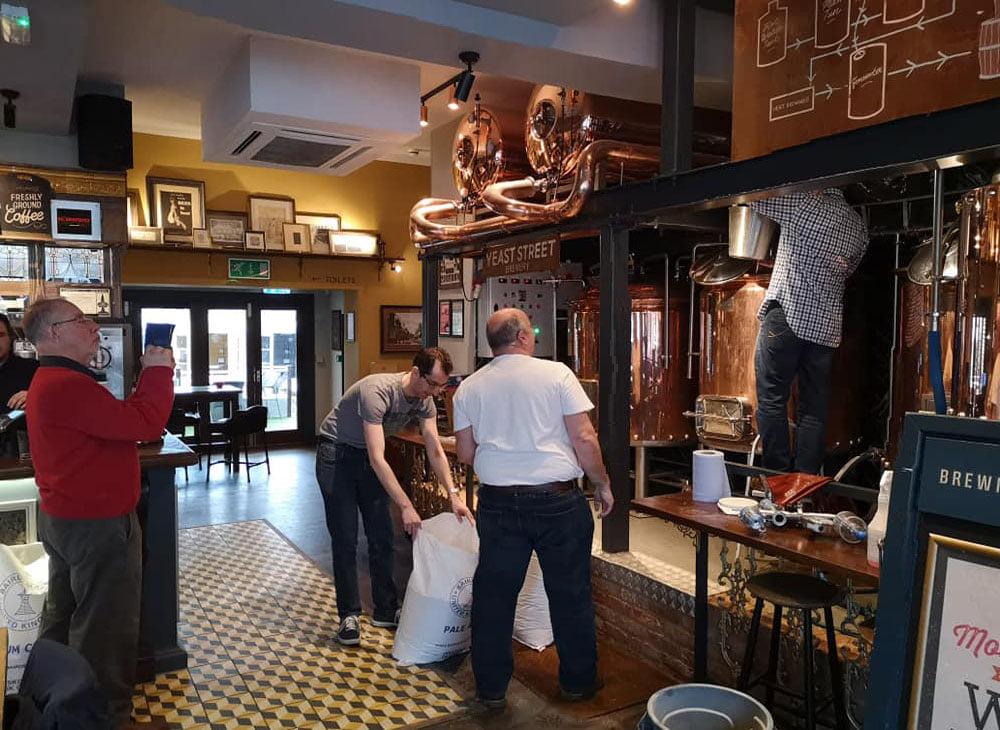
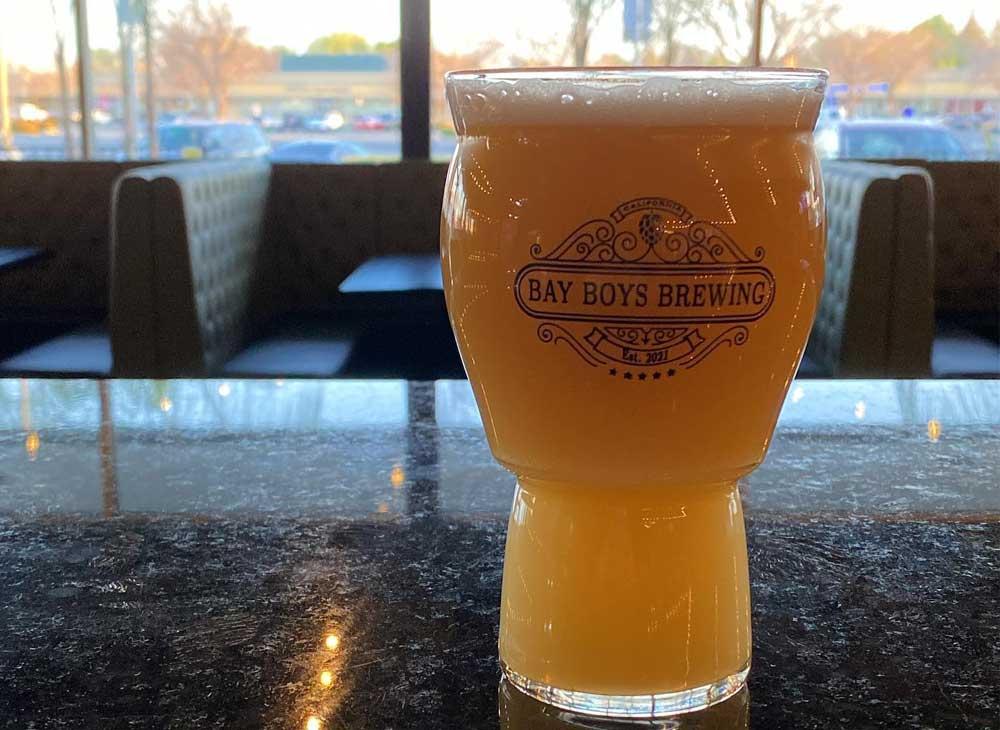
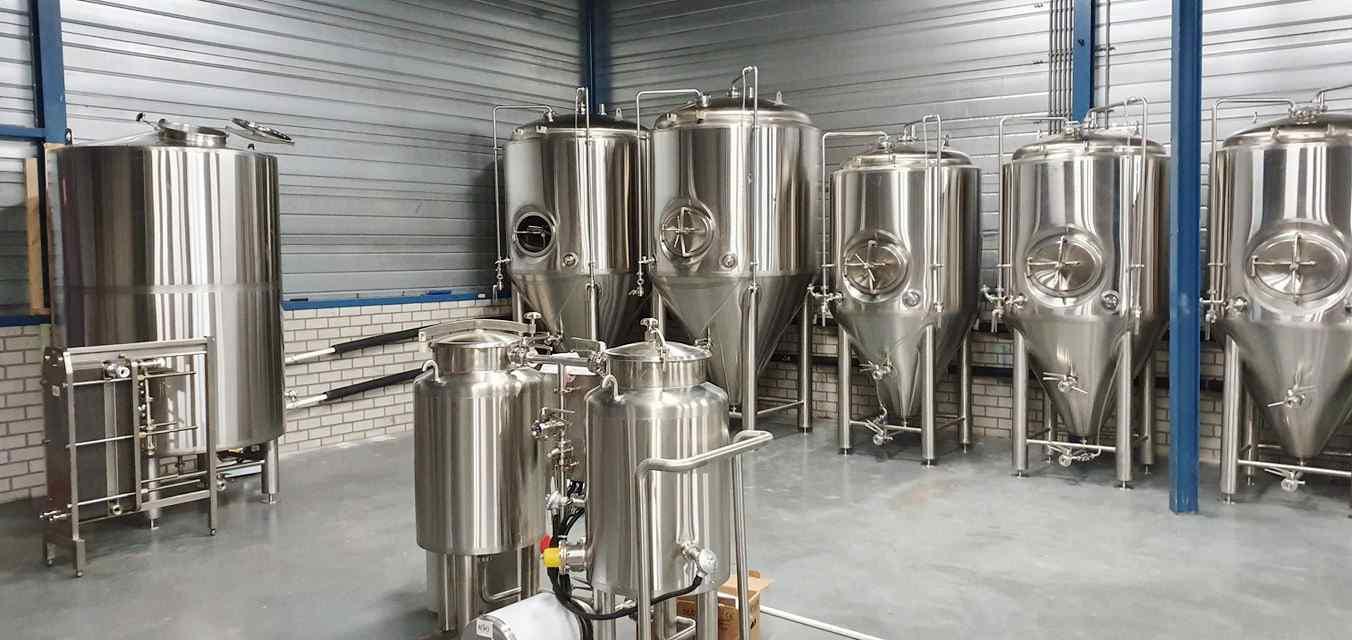
.jpg)

Leave a Comment